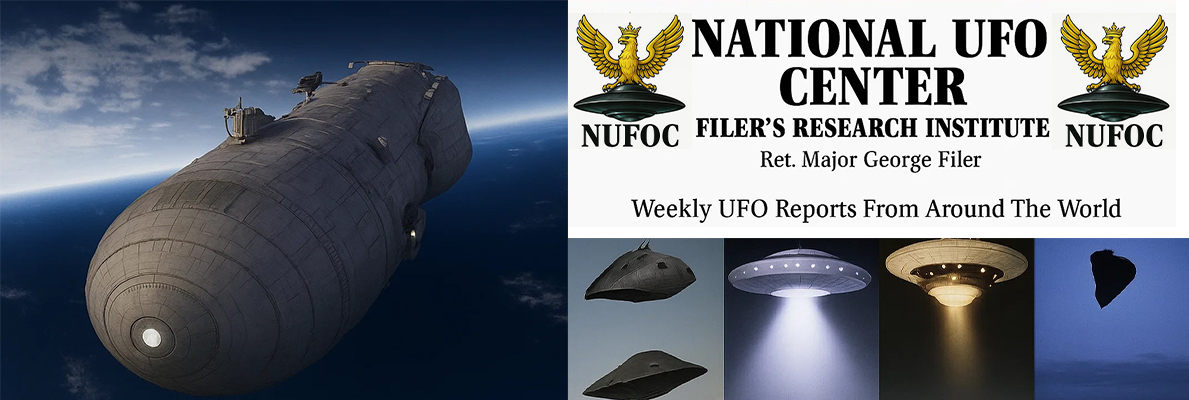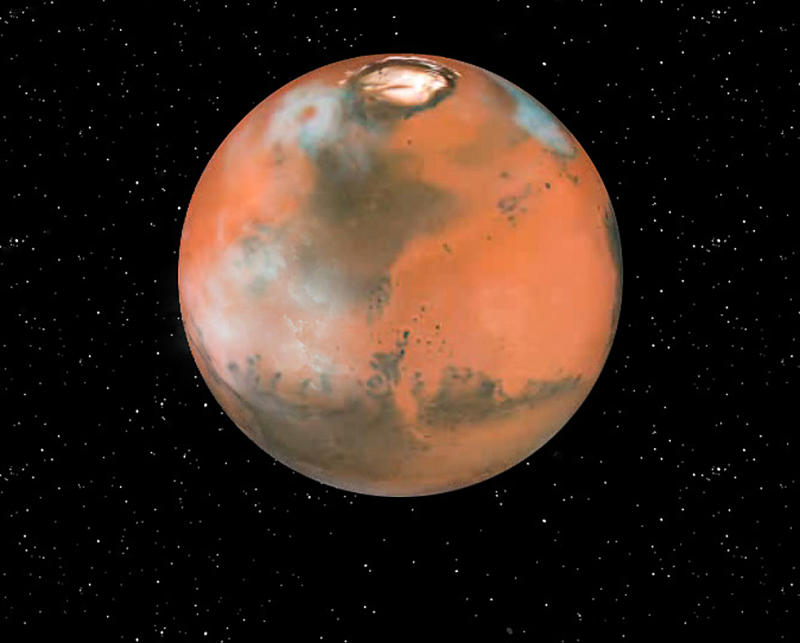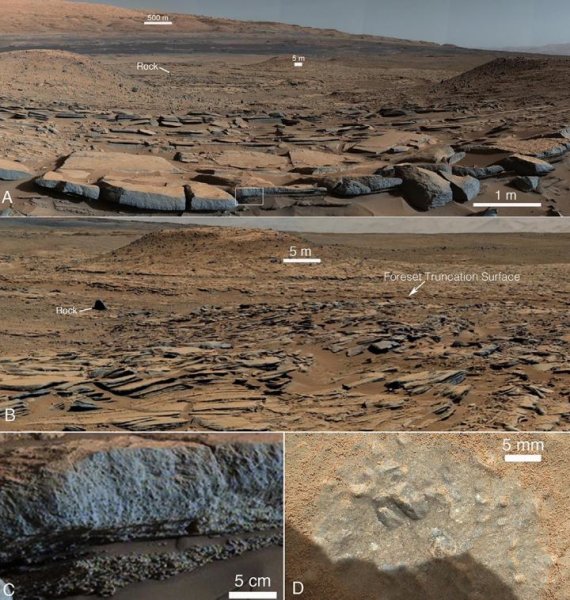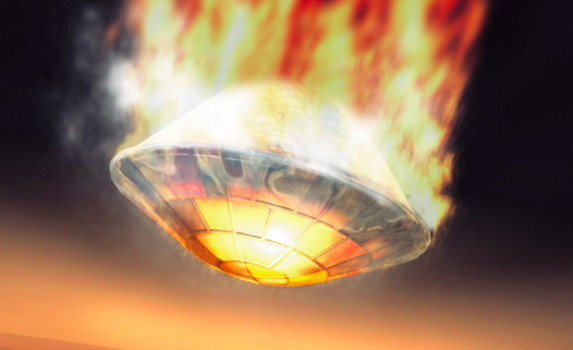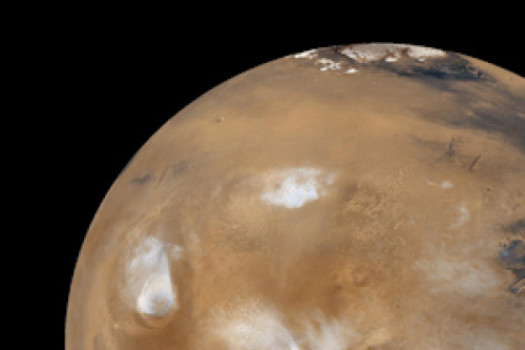
A tiny fragment of Martian meteorite 1.3 billion years old is helping to make the case for the possibility of life on Mars, say scientists.
The finding of a ‘cell-like’ structure, which investigators now know once held water, came about as a result of collaboration between scientists in the UK and Greece. Their findings are published in the latest edition of the journal Astrobiology.
While investigating the Martian meteorite, known as Nakhla, Dr Elias Chatzitheodoridis of the National Technical University of Athens found an unusual feature embedded deep within the rock. In a bid to understand what it might be, he teamed up with long-time friend and collaborator Professor Ian Lyon at the University of Manchester.
Professor Lyon, based in Manchester’s School of Earth, Atmospheric and Environmental Sciences explains: “In many ways it resembled a fossilized biological cell from Earth but it was intriguing because it was undoubtedly from Mars. Our research found that it probably wasn’t a cell but that it did once hold water, water that had been heated, probably as a result of an asteroid impact.”
These findings are significant because they add to increasing evidence that beneath the surface, Mars does provide all the conditions for life to have formed and evolved. It also adds to a body of evidence suggesting that large asteroids hit Mars in the past and produce long-lasting hydrothermal fields that could sustain life on Mars, even in later epochs, if life ever emerged there.
As part of the research, the feature was imaged in unprecedented detail by Dr Sarah Haigh of The University of Manchester whose work usually involves high resolution imaging for next generation electronic devices ,which are made by stacking together single atomic layers of graphene and other materials with the aim of making faster, lighter and bendable mobile phones and tablets. A similar imaging approach was able to reveal the atomic layers of materials inside the meteorite.
Together their combined experimental approach has revealed new insights into the geological origins of this fascinating structure.
Professor Lyon said: “We have been able to show the setting is there to provide life. It’s not too cold, it’s not too harsh. Life as we know it, in the form of bacteria, for example, could be there, although we haven’t found it yet. It’s about piecing together the case for life on Mars — it may have existed and in some form could exist still.”
Now, the team is using these and other state-of-the-art techniques to investigate new secondary materials in this meteorite and search for possible bio signatures which provide scientific evidence of life, past or present. Professor Lyon concluded: “Before we return samples from Mars, we must examine them further, but in more delicate ways. We must carefully search for further evidence.”
Story Source:
The above story is based on materials provided by Manchester University. Note: Materials may be edited for content and length.
Journal Reference:
- Elias Chatzitheodoridis, Sarah Haigh, Ian Lyon. A Conspicuous Clay Ovoid in Nakhla: Evidence for Subsurface Hydrothermal Alteration on Mars with Implications for Astrobiology. Astrobiology, 2014; 14 (8): 651 DOI: 10.1089/ast.2013.1069
